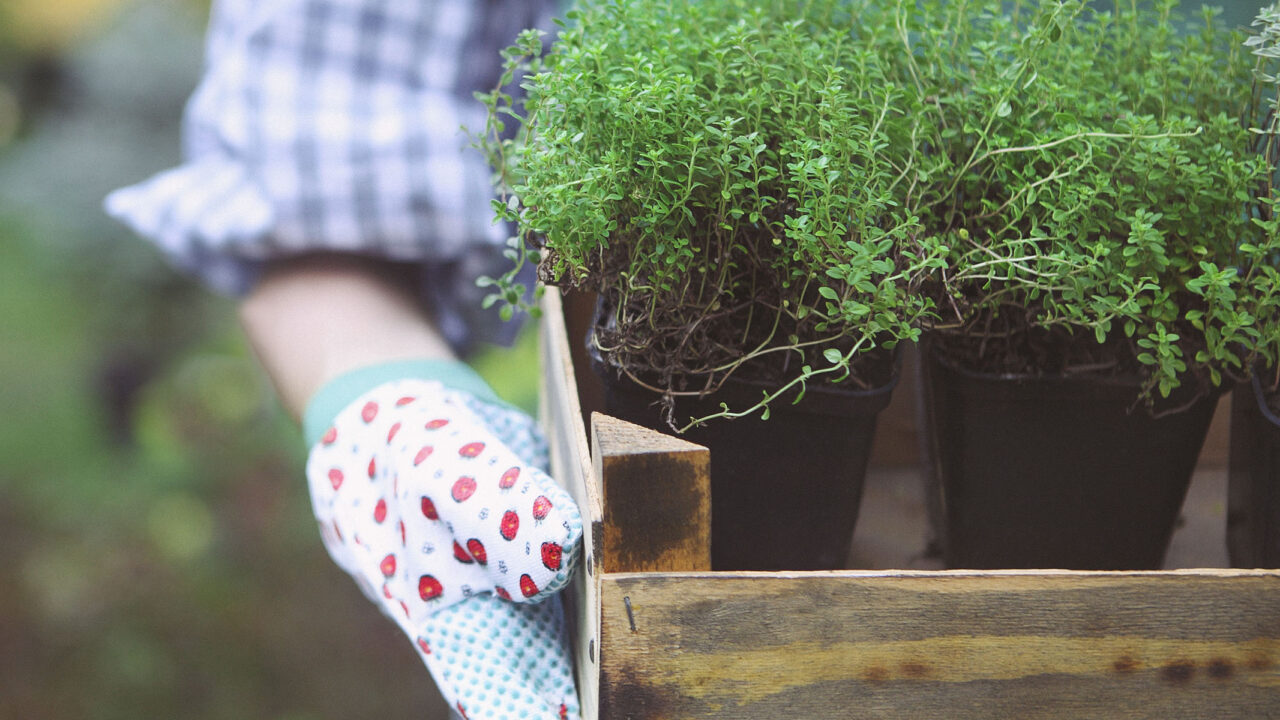Characteristics
| Hardiness zone | 3a |
|---|---|
| Foliage type | evergreen |
| Plant form | arching |
| Mature height | 18 inches |
| Spread | 18 inches |
| Light requirements | partial shade to shade |
| Moisture requirements | moist |
| Plant origin | North American native |
Houston's favorite garden center devoted to Texas native plants and organic gardening.
Botanical name: Polystichum acrostichoides
Christmas Fern’s ferny compound leaves remain forest green in color throughout the year. Neither the flowers nor the fruit are ornamentally significant..
Other names: Shield Fern
| Hardiness zone | 3a |
|---|---|
| Foliage type | evergreen |
| Plant form | arching |
| Mature height | 18 inches |
| Spread | 18 inches |
| Light requirements | partial shade to shade |
| Moisture requirements | moist |
| Plant origin | North American native |
Christmas Fern's ferny compound leaves remain forest green in color throughout the year. Neither the flowers nor the fruit are ornamentally significant.
Christmas Fern is an herbaceous evergreen fern with a shapely form and gracefully arching fronds. Its relatively fine texture sets it apart from other garden plants with less refined foliage.
This is a relatively low maintenance plant, and is best cleaned up in early spring before it resumes active growth for the season. Deer don't particularly care for this plant and will usually leave it alone in favor of tastier treats. It has no significant negative characteristics.
Christmas Fern is recommended for the following landscape applications;
Mass Planting, Rock/Alpine Gardens, Border Edging, General Garden Use, Groundcover, Naturalizing And Woodland Gardens
Christmas Fern will grow to be about 18 inches tall at maturity, with a spread of 18 inches. When grown in masses or used as a bedding plant, individual plants should be spaced approximately 16 inches apart. Its foliage tends to remain dense right to the ground, not requiring facer plants in front. It grows at a medium rate, and under ideal conditions can be expected to live for approximately 15 years.
This plant does best in partial shade to shade. It requires an evenly moist well-drained soil for optimal growth, but will die in standing water. It is particular about its soil conditions, with a strong preference for rich, acidic soils. It is somewhat tolerant of urban pollution, and will benefit from being planted in a relatively sheltered location. Consider applying a thick mulch around the root zone over the growing season to conserve soil moisture. This species is native to parts of North America, and parts of it are known to be toxic to humans and animals, so care should be exercised in planting it around children and pets. It can be propagated by division.
